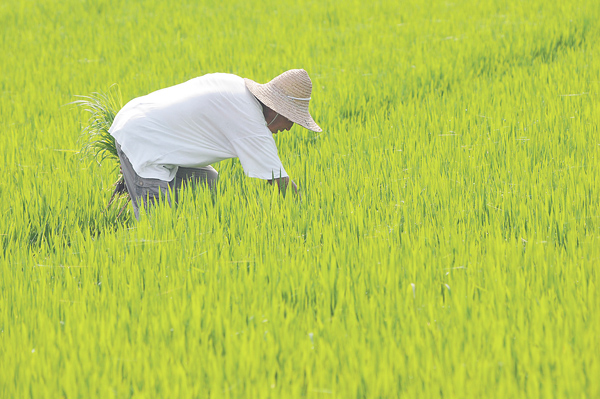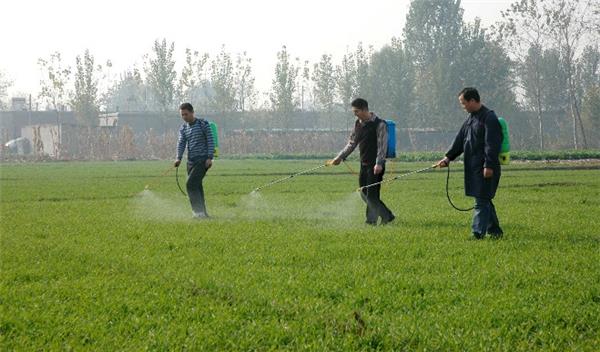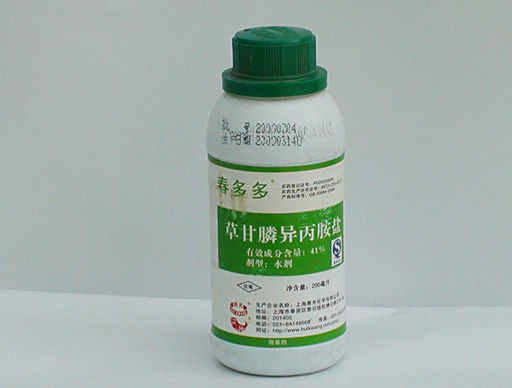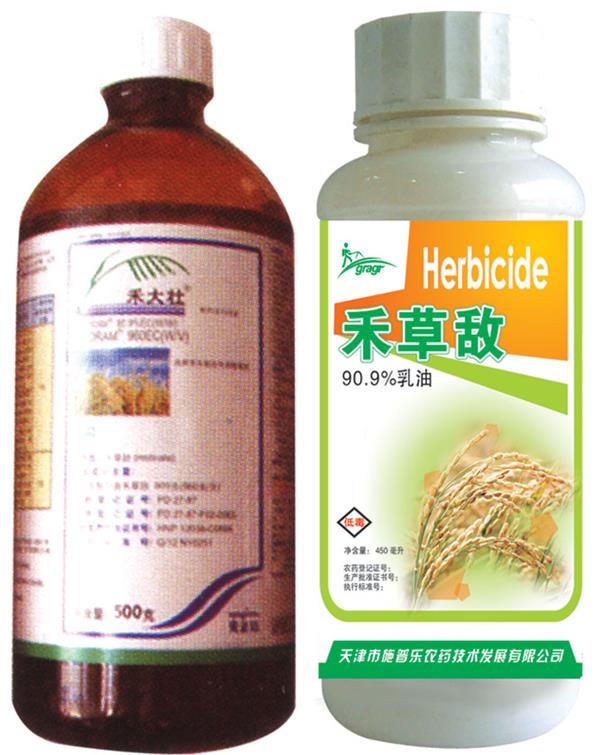How to carry out weeding and nursing for plants correctly and scientifically
The use of herbicides is one of the most common methods, but not all herbicides can be applied to weeding under various conditions, and the timing of weeding is also very important.

Why is spring a critical period for weeding in gardens
1. Spring is the season when almost all weeds converge, and it is also the most critical period for "getting rid of the early and the small". With the gradual increase of temperature, overwintering weeds such as Artemisia annua, Shepherd's purse, Kentucky bluegrass and annual Kentucky bluegrass began to enter the vigorous growth stage, and the persistent roots of weeds such as dandelion, dandelion, desmodium and other weeds began to sprout back to green and grow out of the ground; around March is the key period for the concentrated germination of many spring weeds.
two。 There are many methods to control first-sprouting weeds in spring, the cost is low and the effect is good. The amount of herbicide mixed with how much water is sprayed and how much area is basically the established value, the amount of water is large, the concentration of the agent is sparse, and the concentration of the agent is not effective, so the effect of weeding must be bad; when the amount of water is small, the concentration of herbicides increases, and the effect of weeding is very good, but it is easy to cause drug damage, and the cost will also increase.
3. Weeding in spring, kill one letter, proper measures, easy in summer and autumn. Closed weeding, also known as pre-bud weeding. For turfgrasses, Bopingle was used to seal the soil before the main weeds germinated, and the drug film formed on the surface could not only kill Gramineae weeds, broadleaf weeds and Cyperaceae weeds germinated through seeds, but also has the advantages of low cost and high safety, and can maintain the efficacy period of 2-3 months.

Common herbicides for garden weeding
Chunduo: it is a new type of internal absorption and conduction type of broad-spectrum non-selective post-bud herbicide. Mainly by inhibiting enolpyruvate and phosphate synthase in plants, it inhibits the transformation of shikimin to phenylpropionic acid, tyrosine and tryptophan, which interferes with protein synthesis and leads to death.
Mowing grass (Guoer): is a selective contact type of soil treatment herbicide. The pre-budding weeds are mainly controlled by soil treatment, and the emergence weeds can also be killed by stem and leaf spray at the seedling stage. While killing the emergence weeds, the solution falling into the soil can also control the weeds that have not yet germinated.
Cover grass energy: it is a highly selective post-seedling herbicide. It can be used not only for stem and leaf treatment, but also for soil treatment. in the stem and leaf treatment, the liquid sprinkled into the soil still has the effect of killing weeds.
Spring cover fruit mixture: it is a mixture of Chunduo, Gengcao and Guoer according to a certain proportion, which not only gives full play to the respective advantages of the three herbicides, but also overcomes their respective weaknesses.

Herbicides that should be used cautiously in flower and plant seedling fields
1. Post-seedling herbicides for cleaning broad-leaved weeds. Bentazon, herbicide, herbicide and so on.
two。 A herbicide with a long validity period. For the nurseries where we have applied these herbicides, the flower seedlings cultivated after 3 years are likely to be damaged.
3. Post-seedling herbicides for killing Gramineae weeds. For example, Jing Gao Ke, Pat, Najiaojing and Shoulotong, this type of herbicide can also harm the lawn when killing grass weeds.
4. A herbicide that has the ability to poison farmland soil. It will lead to the deterioration of soil structure and the phenomenon of consolidation, which is extremely disadvantageous to the ventilation of the soil around the root system of lawn crops, and then lead to the yellowing of lawn plants.
5. Use herbicides that are very toxic or can cause cancer. Paraquat and pentachlorophenol sodium are so toxic that they are absolutely prohibited in nurseries and lawns.
6. A herbicide with drift pollution. If the herbicide which is easy to drift is applied on the lawn, it will seriously affect the normal growth of the surrounding flower seedlings.

If herbicides are used improperly, they will cause pollution and damage to the environment and plants, not only can not protect them, but will affect their growth environment, so when using herbicides, we must be careful and careful. No omissions.
Related
- Wuhan Hospital Iron Tree Blooming Result Was Instantly Frightened by the Gardener Master
- Which variety of camellia is the most fragrant and best? Which one do you like best?
- What is the small blue coat, the breeding methods and matters needing attention of the succulent plant
- Dormancy time and maintenance management of succulent plants during dormancy
- Minas succulent how to raise, Minas succulent plant pictures
- What are the varieties of winter succulent plants
- How to raise succulent plants in twelve rolls? let's take a look at some experience of breeding twelve rolls.
- Attention should be paid to water control for succulent plants during dormant period (winter and summer)
- Watering experience of twelve rolls of succulent plants
- Techniques for fertilizing succulent plants. An article will let you know how to fertilize succulent plants.



